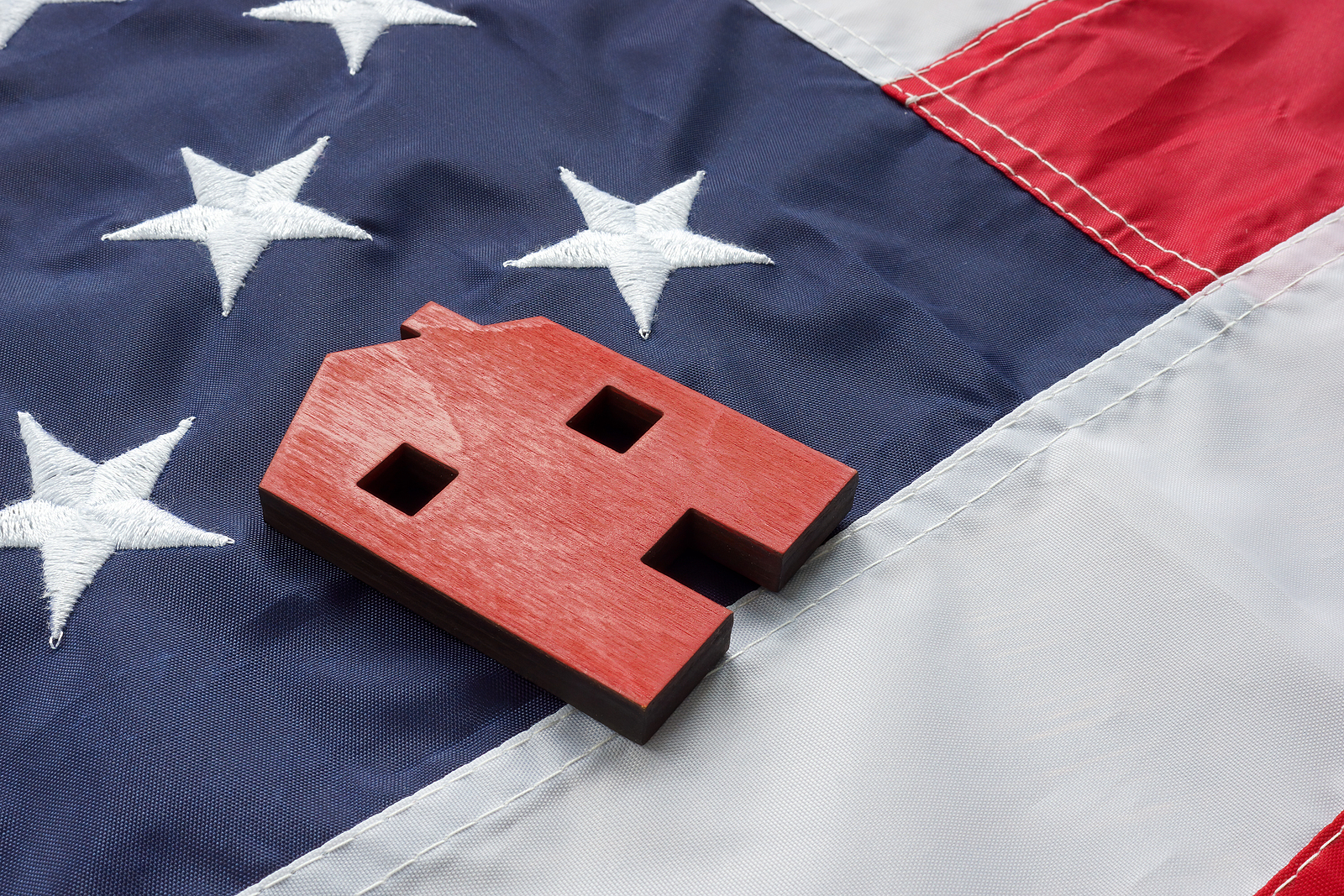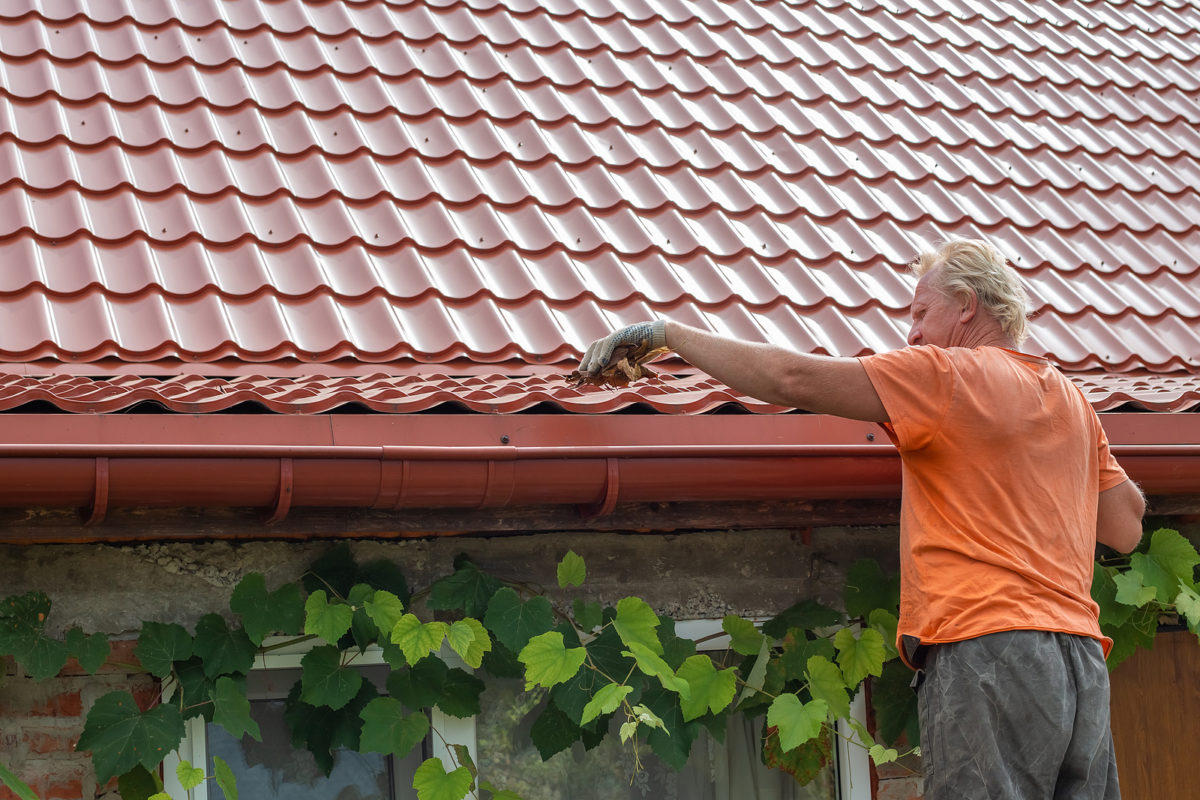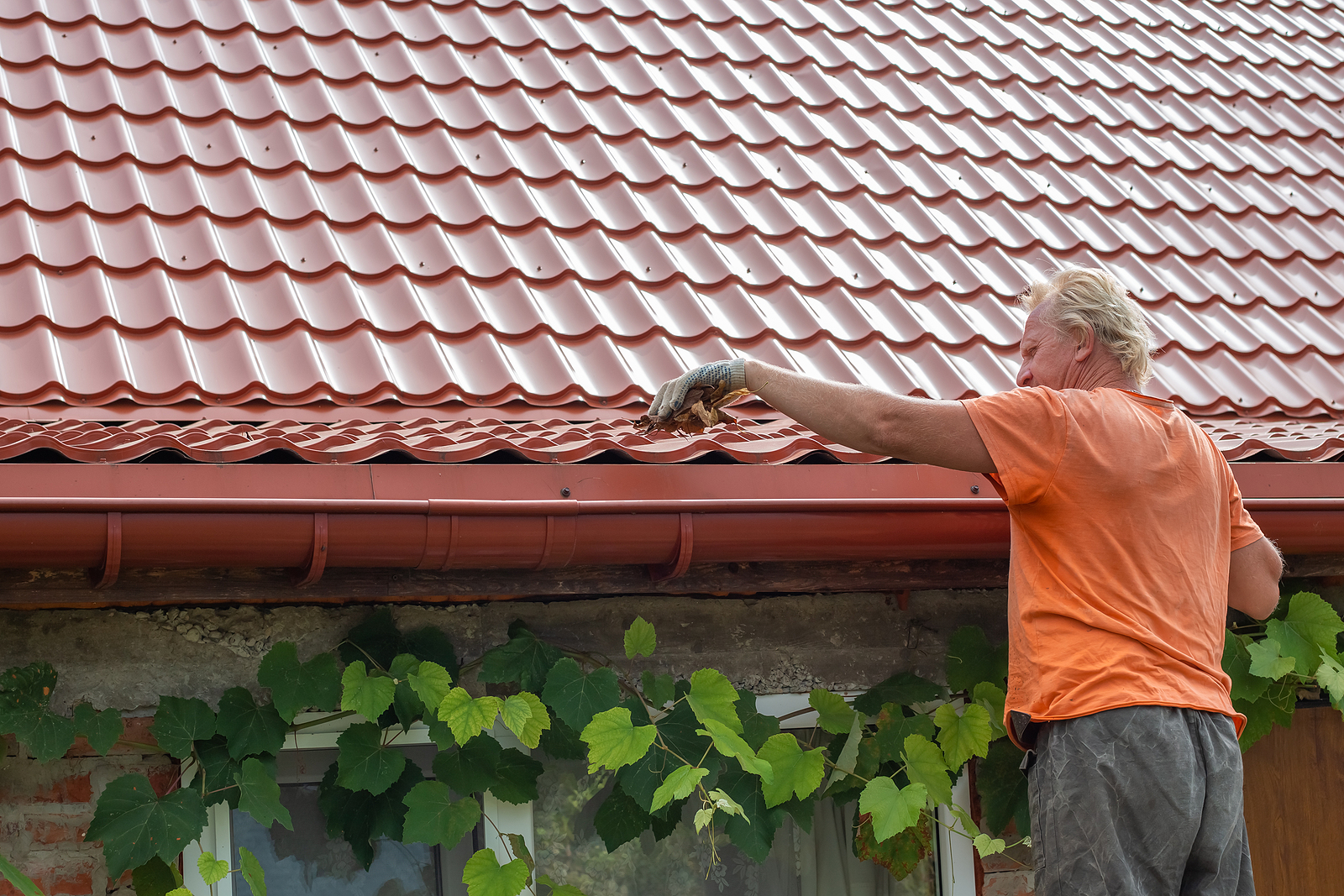Although lenders talk a good game in their marketing, true zero-down mortgages are a rarity. Two credit unions offer them to their members – Navy Federal Credit Union and NASA Federal Credit Union.
The only two government-backed no-down-payment mortgages come from USDA’s Rural Development program and the U.S. Department of Veterans Affairs (VA). If you are active-duty military a veteran or a surviving spouse, the VA-backed home loan is one worth taking a look at.
Aside from waiving the down payment requirement of conventional loans, the VA mortgage has no mortgage insurance requirement and rates are typically lower, making the loan less expensive every month.
Since we celebrate Veteran’s Day this month we thought we’d remind about just one of the many benefits you’ve earned for serving our country.
Eligibility
Some of the eligibility criteria may be confusing, but let’s take a look at the basics:
- The borrower must have sufficient income to pay his bills and the mortgage every month.
- Although the lender will eventually determine your credit-worthiness, the VA states that the borrower must have what it considers “suitable credit.”
- The veteran or service member must plan on occupying the home.
- The applicant must obtain a valid Certificate of Eligibility (COE). Many VA-approved lenders are able to access the Automated Certificate of Eligibility system (ACE) and retrieve the applicant’s COE online. If your lender can’t, she’ll tell you how to go about getting your COE.
The Lender’s Role
The VA doesn’t lend money; it merely offers a guarantee (up to 25 percent of each VA loan). Applicants need to see a private lender that participates in the VA loan program. In addition to meeting the VA’s requirements, the borrower must also meet lender requirements.
The Purchase Process with a VA Loan
The actual home purchase process for the veteran is very much like that of a conventional buyer with the exception of the initial steps. Let’s take a look at the steps that you need to follow to get into a new home:
- Find a lender that participates in the VA loan program. Ask for a pre-approval letter outlining how much you can spend on a home.
- Obtain your COE.
- Hire a real estate agent to assist you in finding a home.
- Submit an offer on the home of your choice, reminding your real estate agent to insert a “VA Option Clause” and an escape clause, allowing you to cancel the purchase agreement without penalty if you aren’t approved for the VA loan.
- Apply for the loan. The quicker you gather the required documents for the lender, the quicker the rest of the purchase process can move.
If at any time during the process you have questions that the lender can’t answer, contact a representative at your regional loan center. You can find the contact information on the VA website.
Happy Veteran’s Day and thank you for your service.



















